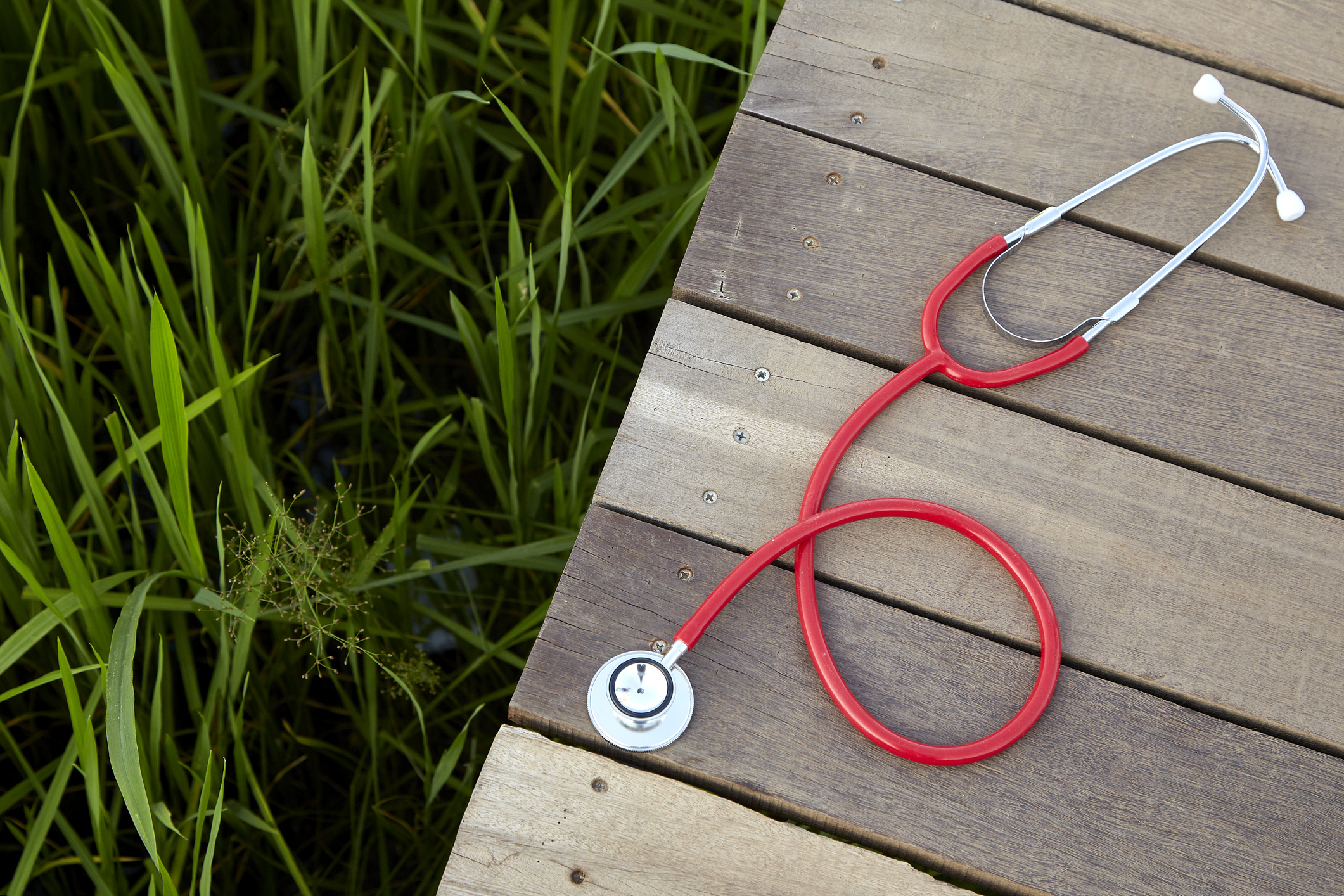Is your FQHC looking for better ways to offer high-quality care for underserved communities? As you’ve probably experienced, patients in these areas often face geographic isolation, restricted transportation, and a lack of available providers. Remote patient monitoring (RPM) can be their best option for addressing these limitations and making it easier for providers to manage chronic conditions.
Addressing Healthcare Disparities With RPM
Patients in underserved communities tend to experience greater delays with diagnoses and higher cases of chronic disease. Because RPM is able to continuously record and share key health vitals, providers have a better means of identifying complications early and intervening.
When patients don’t have convenient access to a vehicle or public transit, RPM gives them the ability to be treated at home. This also benefits elderly patients and those with disabilities who may struggle to be mobile, let alone obtain a ride. By enabling at-home monitoring through wearable sensors, RPM brings consistent care to patients and reduces the chances that they’ll experience emergencies.
Improving Chronic Disease Management
Chronic illnesses such as diabetes, hypertension, and heart disease disproportionately affect underserved populations. RPM gives FQHCs the ability to observe these conditions much more diligently so that they can adjust treatment plans in real time.
For example, patients with hypertension can use connected blood pressure monitors to track their readings at home, transmitting data to healthcare providers who can recommend new medication dosages. Being proactive to patient health can reduce the chances for strokes or heart attacks, which can save lives and reduce long-term healthcare expenses.
Enhancing Patient Engagement and Health Literacy
One of the key advantages of RPM is that it can get patients actively involved in their own care. Many who live in underserved communities do not have access to educational material that they can use to understand and manage their conditions. RPM provides them with real-time feedback, resources, and direct medical access that can teach them how to adjust their lifestyles accordingly. Healthcare professionals can also use RPM to send reminders to patients about their medication, exercise routines, and dietary requirements and changes.
It should come as no surprise that patients who engage with their health are more likely to experience better outcomes. By leveraging RPM, FQHCs can empower their patients with the knowledge and support to manage their conditions.
Optimizing Clinical Resources for FQHCs
If you’re part of an FQHC that struggles with limited staff and finances, you understand how important it is to prioritize your available resources. RPM can help you in both of these areas by automating routine health checks and prioritizing high-risk patients. This lets you allocate your clinical teams more effectively so that they’re focusing on patients who need the most urgent attention, while still tracking and tending to all patients under your care.
Case in point: rather than requiring in-person visits for routine check-ups, a physician can use RPM data to assess each patient’s condition remotely. This lets the physician dedicate more time to urgent cases while maintaining oversight on the others they’re still treating. It’s worth noting that RPM can also reduce hospital readmissions (heart failure is one example), which benefits patient health, leads to fewer expenses, and helps ERs maintain more beds for patients with immediate needs.
How RemotePatientPro™ Supports FQHCs
RemotePatientPro offers a turnkey RPM solution that is designed specifically for Federally Qualified Health Centers. It has the ability to integrate directly with existing EHR systems so that data is preserved and shared without disruption. It also meets HIPAA compliance requirements for remote monitoring with regard to data security and privacy.
Automated alerts and predictive analytics assist in early medical interventions and overall risk management, keeping providers aware of any possible changes in their patients’ health before they happen. Our patient-friendly interfaces support health literacy and engagement, making it easier for individuals to manage their conditions from home.
A partnership with RPP means proactive care without overextending your in-house team. Our platform is designed to meet the unique needs of underserved populations while helping FQHCs manage patient care at scale.
Let Us Help Your Community
Adopting RPM is a strategic investment for helping patients achieve better outcomes, reduce medical costs, and optimize care delivery. More than anything, it offers the ability to reach those patients who struggle to have their symptoms evaluated in a timely manner.
Contact us when you’re ready to learn more about how remote patient monitoring can benefit your team.


